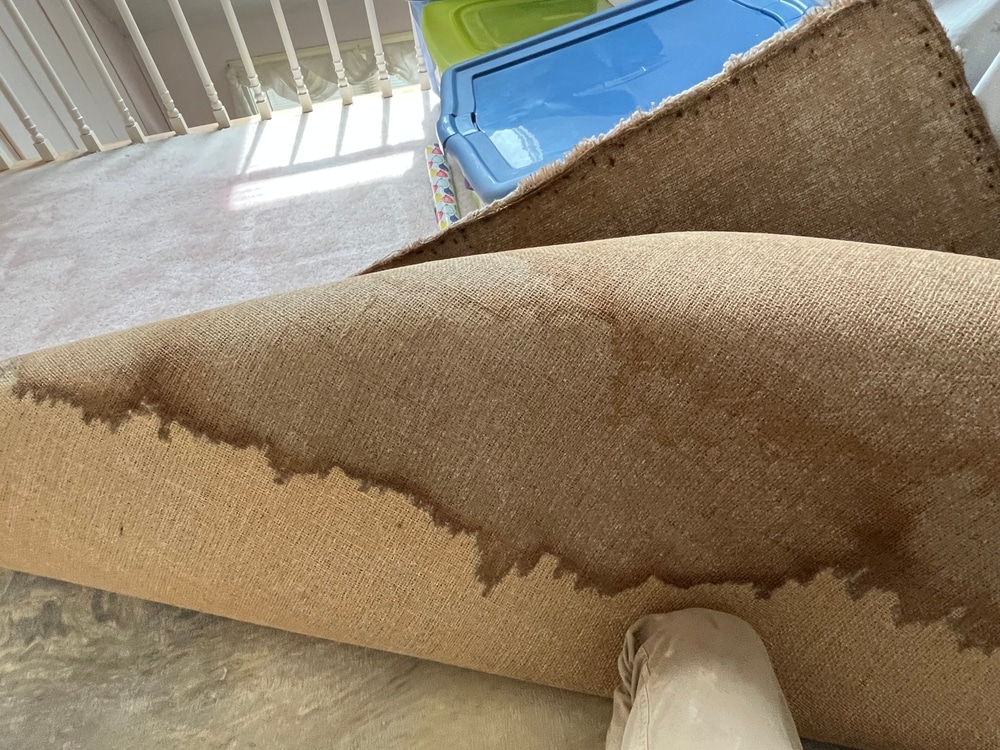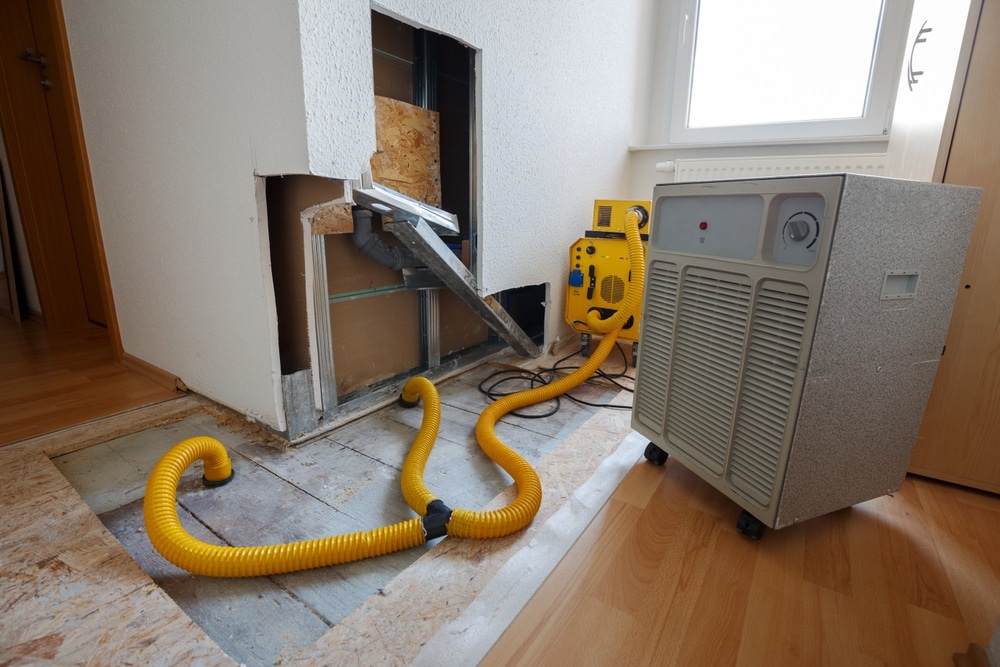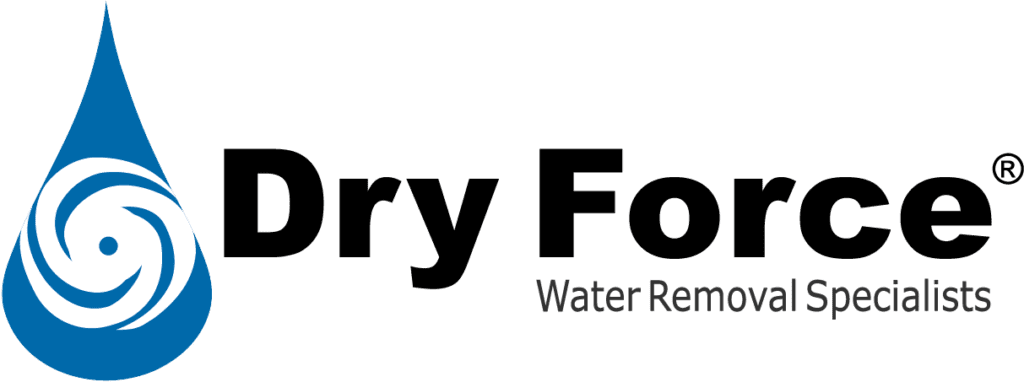
Understanding water mitigation and remediation will help you prevent and minimize damage caused by water-related incidents like floods, leaks, and mold growth. Proper water damage restoration includes both of these processes. Together, they stop the spread of water damage and thoroughly clean, repair, and restore an affected area to safety.
Table of Contents
Water Mitigation vs Remediation: What’s the Difference?
If water damage is not mitigated and remediated, it can lead to long-term structural issues, costly repairs, and serious health risks. Now, let’s discuss the ins and outs of these processes and how they benefit property owners across Texas.
What Is Water Mitigation?
Water mitigation halts damage during or immediately after excess water enters your property. A quality water mitigation company will reduce structural damage, repair costs, and secondary problems like mold growth.
Water mitigation professionals assess your water damage and quickly contain it. This may involve removing standing water, drying affected areas with dehumidifiers and air movers, and saving belongings or materials that can be salvaged. Temporary repairs like tarping a damaged roof or boarding up windows may also be part of a water damage service’s mitigation process.
Taking quick action is essential for water damage mitigation, as it can significantly reduce overall damage, keep restoration costs down, and pave the way for smoother remediation later on.
What Is Water Remediation?
Water damage remediation, unlike mitigation, centers on restoring a property to its original state. Remediation always follows the initial water mitigation steps, which stabilize affected areas in a home or business.
The main goal of remediation is to completely clean, repair, and restore a property by addressing remaining moisture problems and fixing structural damage. A thorough damage assessment is the initial step in any remediation process. Once our water damage service team has determined the extent of the damage, they can create a comprehensive restoration plan that requires your approval before work can begin.

What Are the Key Differences Between Mitigation and Remediation?
Water mitigation stops the water source and removes excess water, effectively minimizing immediate damage. Water remediation, on the other hand, focuses on thoroughly restoring the property by repairing structural damage and cleaning/sanitizing the affected area.
Your property is always threatened by water damage, whether you know it or not. A leak, burst, or flood can occur at any time, so it’s always important to be prepared. Knowing the importance of water mitigation and remediation is a great first step.
What Does the Water Damage Remediation Process Look Like?
The goal of remediation is to restore a property’s appearance and remove health risks. The remediation process includes:
- Removing damaged materials (e.g., drywall, flooring)
- Addressing mold growth
- Disinfecting the area
- Rebuilding damaged structures
- Conducting final diagnostic tests (e.g., moisture mapping, thermal imaging)

How to Properly Respond to Water Damage
A proper water damage restoration plan will minimize destruction and prevent long-term issues on your property. You play a large part in this plan. Most of these steps revolve around your immediate actions, but once a trustworthy water mitigation company arrives, they will act quickly and follow a thorough restoration plan. This plan will prevent further damage and reduce your restoration costs.
- Ensure Safety
- First, turn off your electricity—but only if it is safe to do so. This can prevent accidental electrocutions and fires. We also recommend avoiding standing water, as it can contain harmful microbes and bacteria.
- Locate and Stop the Source
- Shut off your water supply to prevent further damage. This is especially helpful for burst and frozen pipes. If you’re unsure of the damage source, look for water spots on surfaces and listen for trickling water within walls.
- Document the Damage
- Take photos and videos of the damage. This will be useful when filing an insurance claim.
- Immediate Mitigation
- If safe to do so, lay down absorbent materials like towels to catch leaks and floodwater. Buckets can also be helpful if a ceiling/roof leak is the issue.
- Contact Professionals
- A professional water mitigation company like Dry Force will assess your structural risks and take extensive steps to restore your property. A trustworthy company will have state-of-the-art equipment, such as high-grade vacuums, pumps, fans, and dehumidifiers.
- Remediation
- Professional remediation strategies give you the best chance of a full recovery. A water damage service should clean and disinfect the affected area, remove damaged materials, and restore the property to a safe, livable condition.
Risks of Not Practicing Proper Water Management
- Health Concerns
- Mold growth in damp environments can cause respiratory illnesses and other health issues.
- Structural Damage
- Prolonged moisture exposure can compromise walls, floors, and foundations, leading to costly repairs or unsafe conditions.
- Pest Infestation
- Standing water can attract pests and lead to further contamination.

DIY Tips for Water Damage Prevention
While professional help is essential for severe water damage, homeowners can take several steps to minimize initial damage and prevent long-term issues.
What Can I Do At Home?
- Shut off the water source if possible.
- Remove standing water if it is not gray or black water.
- Increase airflow to speed up the drying process.
- Assess the damage to determine if professional help is required.
- Prioritize safety by avoiding electrical hazards and wearing protective gear.
- Document the damage for insurance purposes.
- Explore FEMA assistance programs for widespread or severe damage.
When to Seek Professional Help
When significant water damage occurs, or if the extent of the damage is unclear, you can rely on qualified professionals to bring you peace of mind. Trustworthy water damage restoration companies have the expertise and tools to accurately assess your situation and implement the appropriate mitigation and remediation strategies.

Hire Dry Force For your Water Mitigation and Remediation Needs
Dry Force is Texas’ trusted water mitigation company. We offer top-tier water mitigation and remediation services to safeguard your home or business from floods, leaks, and mold damage. Our rapid response team uses advanced equipment and industry-leading techniques to quickly mitigate water damage, prevent further structural issues, and eliminate health hazards.
Your safety, satisfaction, and financial well-being inform everything we do. We minimize long-term costs and bring you peace of mind by thoroughly cleaning, repairing, and restoring affected areas. Whether you’ve suffered a plumbing overflow, pipe burst, roof leak, or flood, we’re here for you. Trust Dry Force for reliable, efficient, and customer-focused water damage restoration.
Floods and leaks can cause unwanted long-term damage. With the right team by your side, you don’t have to worry about anything. Contact Dry Force’s 24/7 emergency service line or contact us online today.
